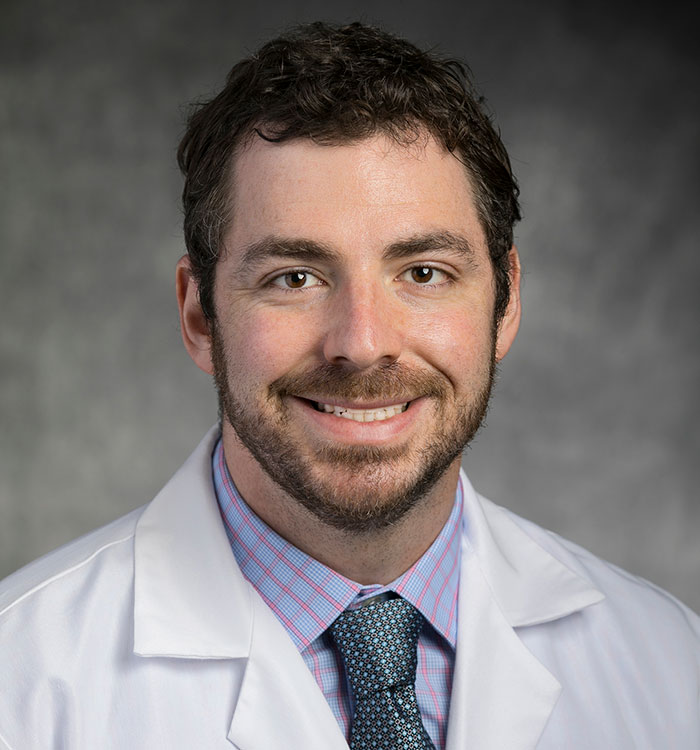University Hospitals Urology Institute Physician Helps Assess Impact of COVID-19 on Urology Practice
February 21, 2022
Innovations in Urology | Winter 2022
The COVID-19 pandemic clearly disrupted how individuals sought medical care and how providers delivered it.
 Jonathan Shoag, MD
Jonathan Shoag, MDAt University Hospitals, Jonathan Shoag, MD, a urologist with the University Hospitals Urology Institute, was part of a team that reviewed patient data to better understand the impact of COVID-19 on urologic care. They published their results in the European Association of Urology and Frontiers in Oncology.
“COVID-19 provided an interesting, external interruption to how we practice medicine and how patients sought medical care,” says Dr. Shoag.
Dr. Shoag and his colleagues analyzed population-level data from the Premier Healthcare Database, a nationwide database of more than 900,000 patient events. The team found that during March 2020, at the very beginning of the pandemic, there was an approximate decrease of 20 percent in urologic procedures over March 2019. This was notably true in the Northeast and Midwest, which had the largest decline in urologic services, and for noncritical procedures such as penile prosthesis or sling surgery. Patients categorized as socioeconomically disadvantaged bore a higher proportion of COVID-19-related disruptions in care.
“As we might have expected, elective or nonemergency care decreased during this period,” Dr. Shoag says. “Part of this decline can be attributed to patients’ reluctance to seek care, even if it was medically necessary. Limited resources also required that providers prioritize care to those who needed it most.”
What the results mean
“The COVID-19 pandemic was a natural experiment that changed what we do pretty dramatically,” Dr. Shoag says.
For one thing, the pandemic changed the definition of what constitutes a medical emergency — which is highly variable across institutions and geographic areas — versus what can wait, such as preventive care or elective surgery. Dr. Shoag notes the guidelines for what categorizes an elective procedure are often inconsistent, which itself is an opportunity for improvement.
“Understanding what people did in response to the pandemic informs us about what to do next time, what to prioritize, so people who need immediate care get it and the things that are elective can safely be delayed,” Dr. Shoag says
As an oncology specialist, he was particularly interested in how the pandemic impacted urologic cancer care.
“If cancer screening, diagnosis or surgery changed during COVID-19, that’s important to know,” Dr. Shoag says. “It’s also a way to evaluate practice changes in outcomes. For example, we can look at whether removing the prostate helps prevent cancer mortality, because many prostatectomies were delayed.
“The good news is that, for the most part, oncology patients did receive necessary medical care, despite uprooted workflows. COVID-19 represented a huge interruption in how we delivered care and may impact how clinicians triage urology patients in future epidemics or large-scale disruptions of healthcare.”
For more information about these studies, call Dr. Shoag at 216-368-5449.
Contributing Expert:
Jonathan Shoag, MD
University Hospitals Urology Institute
Assistant Professor of Urology and Pathology
Case Western Reserve University School of Medicine


